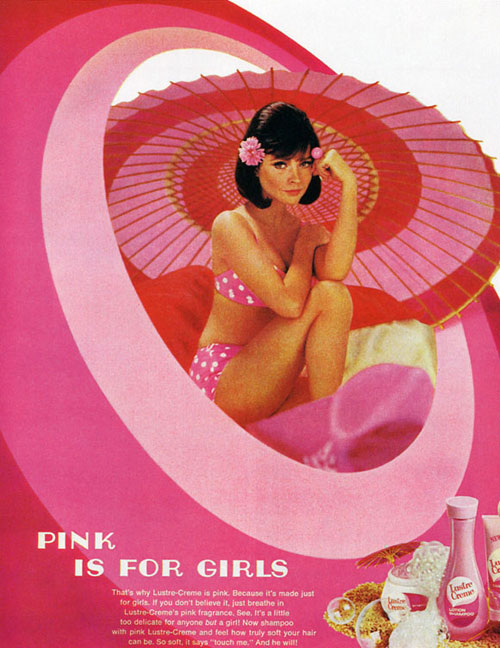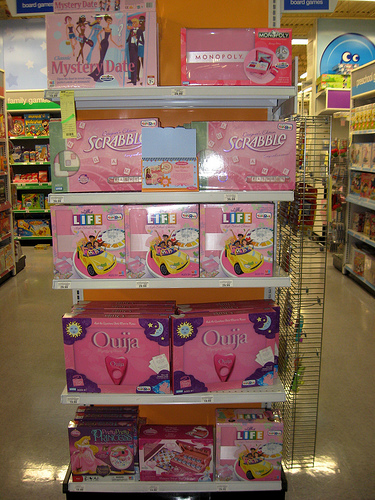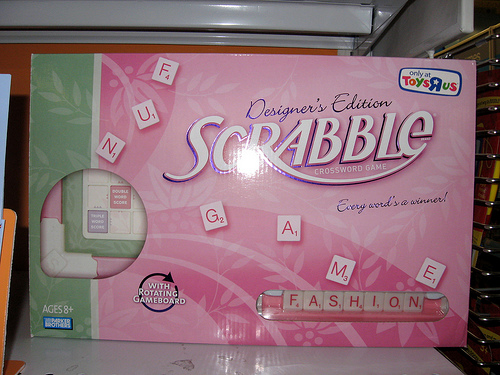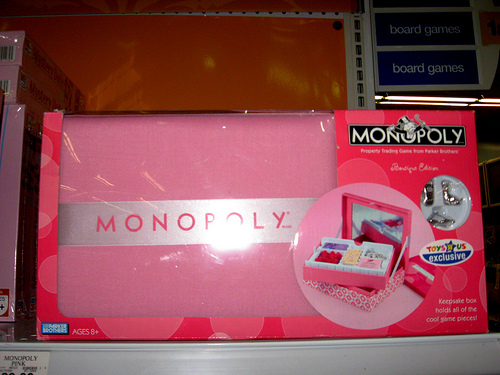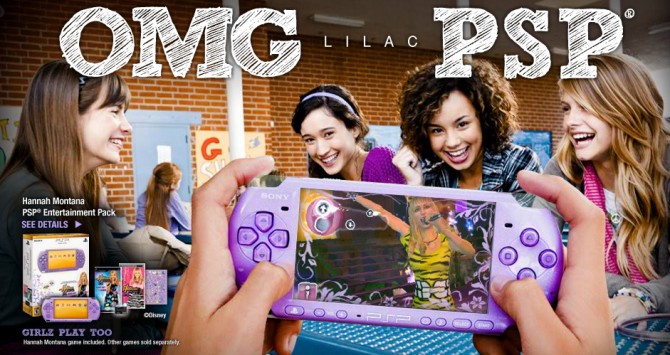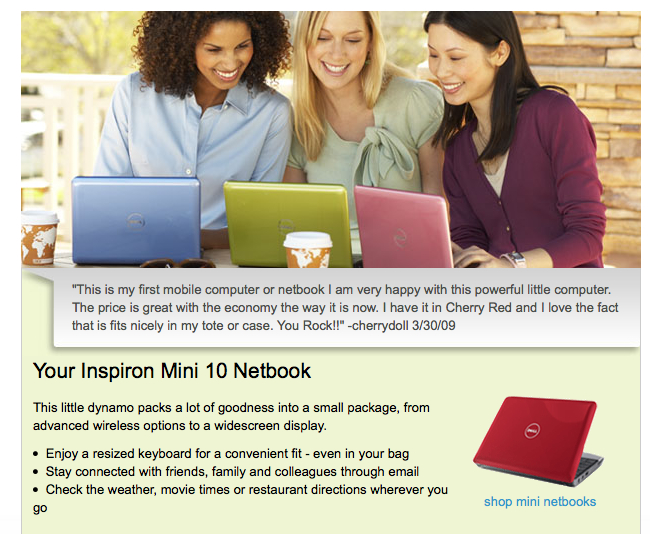As an exercise I sometimes ask the students in my gender class to try on the pants of their friends of the opposite sex. That is, I ask women to try on men’s pants and men to try on women’s pants. They often react with surprise at how effectively the jeans make their bodies look like the bodies of their opposite sex friends. (Women often complain that their guy friends look “better” in their jeans than they do!) This starts a discussion of the many ways that our choices about what to wear make it appear as if our bodies are in fact “opposite” when, in fact, they’re not quite as different as we often believe.
We dress ourselves to emphasize certain beliefs about what men’s and women’s bodies should look like by choice, because not doing so carries some negative consequences, and because doing so is institutionalized. It’s institutionalized insofar as department stores have separate men’s and women’s sections (and no unisex section) and jeans are made for and marketed as men’s and women’s.
It doesn’t have to be this way, and wasn’t always. Check out these ads from the 1960s and ’70s:
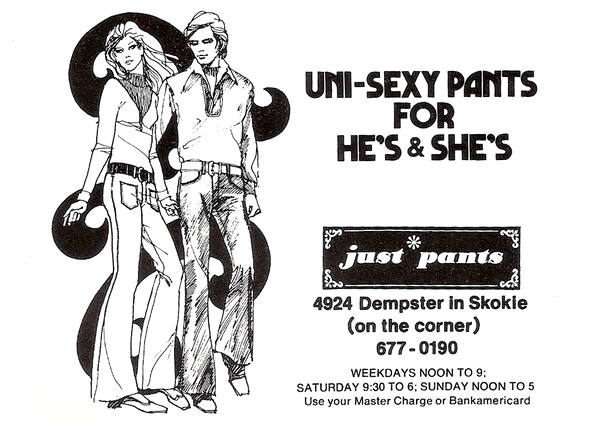
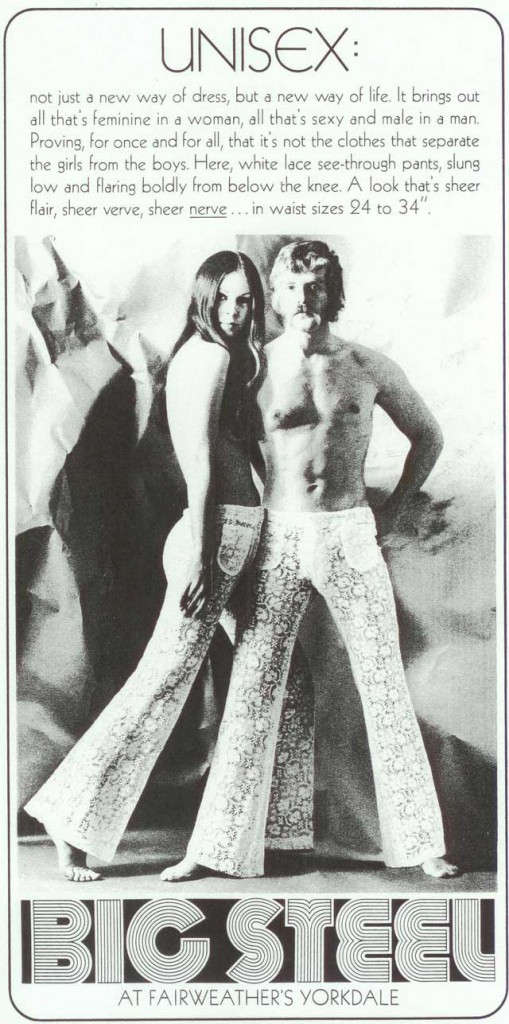
Found at Vintage Ads and the Torontoist.
—————————
Lisa Wade is a professor of sociology at Occidental College. You can follow her on Twitter and Facebook.





